The Stormwater Testing Facility has completed a variety of research projects. This page highlights recently completed and ongoing projects.
- Check Dams
- Inlet Protection
- Sediment Basins
- Sediment Barriers
- Erosion Control
- UAV Based Inspections
- Flocculants
- Advanced Treatment Approach
- Outreach and Technology Transfer
Sediment Basins
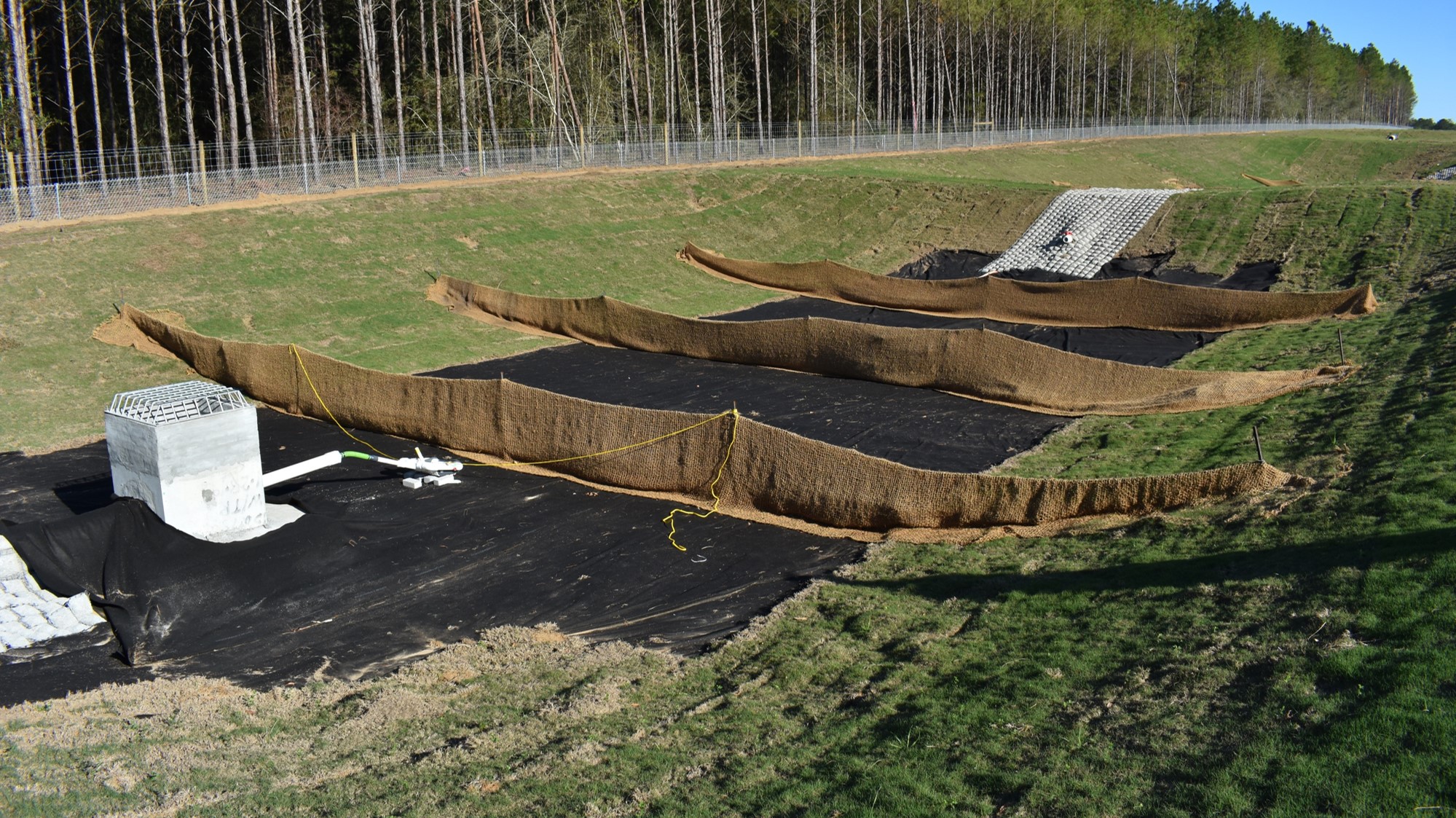
Sediment basins are used to temporarily detain sediment - laden stormwater prior to leaving a construction site to facilitate sediment capture. Using lessons learned from construction site sediment basin studies, the stormwater lab operates two large - scale sediment basins that allow researchers to perform controlled tests to improve and evaluate the performance of various treatments and configurations employed within a sediment basin.
Flocculants & Advanced Treatment

Flocculants facilitate the process of coagulation and flocculation of very fine suspended soil particles (i.e., clay and silt) when the removal rate of suspended sediment needs to be increased beyond the ability of simple gravitational sedimentation. Our researchers are evaluating best practices for the passive application of flocculants on construction sites to enhance the performance of traditional erosion and sediment control practices. Our researchers have also evaluated the use of advanced approaches, including lamella settlers and electrocoagulation, to enhance the performance of stormwater treatment technologies.
|
Optimum Dosage and Product Selection Guidance for Flocculant Usage in Construction Stormwater Treatment |
2023 |
|
Assessment of Polyacrylamide Concentration in Construction Stormwater Runoff Using an ASTM D6459 Rainfall Simulator |
2023 |
|
Detection of Residual Flocculant Concentrations in Construction Stormwater Runoff |
2022 |
|
Development and Evaluation of Lamella Settlers Combined with Electrocoagulation for Treating Suspended Sediment |
2022 |
|
State-of-the-Practice Review on the use of Flocculants for Construction Stormwater Management in the United States |
2021 |
|
Evaluation of Lamella Settlers for Treating Suspended Sediment |
2020 |
Erosion Control
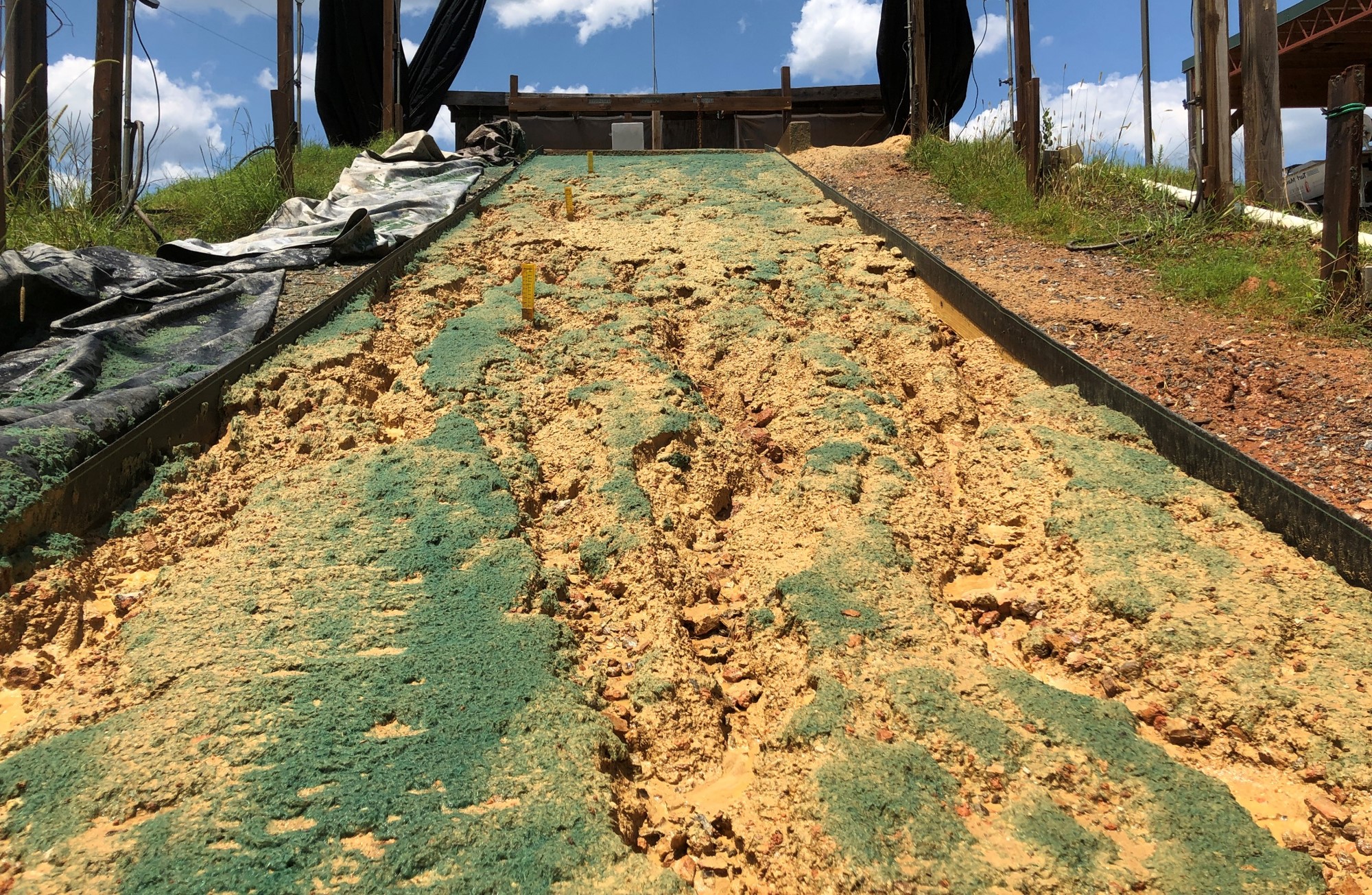
The stormwater lab has 13 rainfall simulators build on 3:1 and 4:1 slopes. The simulators are built on 40 ft x 8 ft plots consisting of clay, loam, and sand soils. Rainfall simulators are used to evaluate various erosion control practices that are used to protect slopes from rainfall - induced erosion.
|
Comparison of Erosion Control Products Using an ASTM D6459 Rainfall Simulator: Insights and Suggestions |
2023 |
|
Soil Loss Risk Analysis for Construction Activities |
2022 |
|
Evaluation of Hydromulches as an Erosion Control Measure Using Laboratory-Scale Experiments |
2020 |
|
Design of a Pressurized Rainfall Simulator for Evaluating Performance of Erosion Control Practices |
2019 |
|
Cost Effectiveness of Erosion Control Covers During Vegetation Establishment Under Simulated Rainfall |
2015 |
|
Laboratory-Scale Evaluation of Anionic Polyacrylamide as an Erosion and Sediment Control Measure on Steep-Sloped Construction Sites |
2012 |
Sediment Barriers
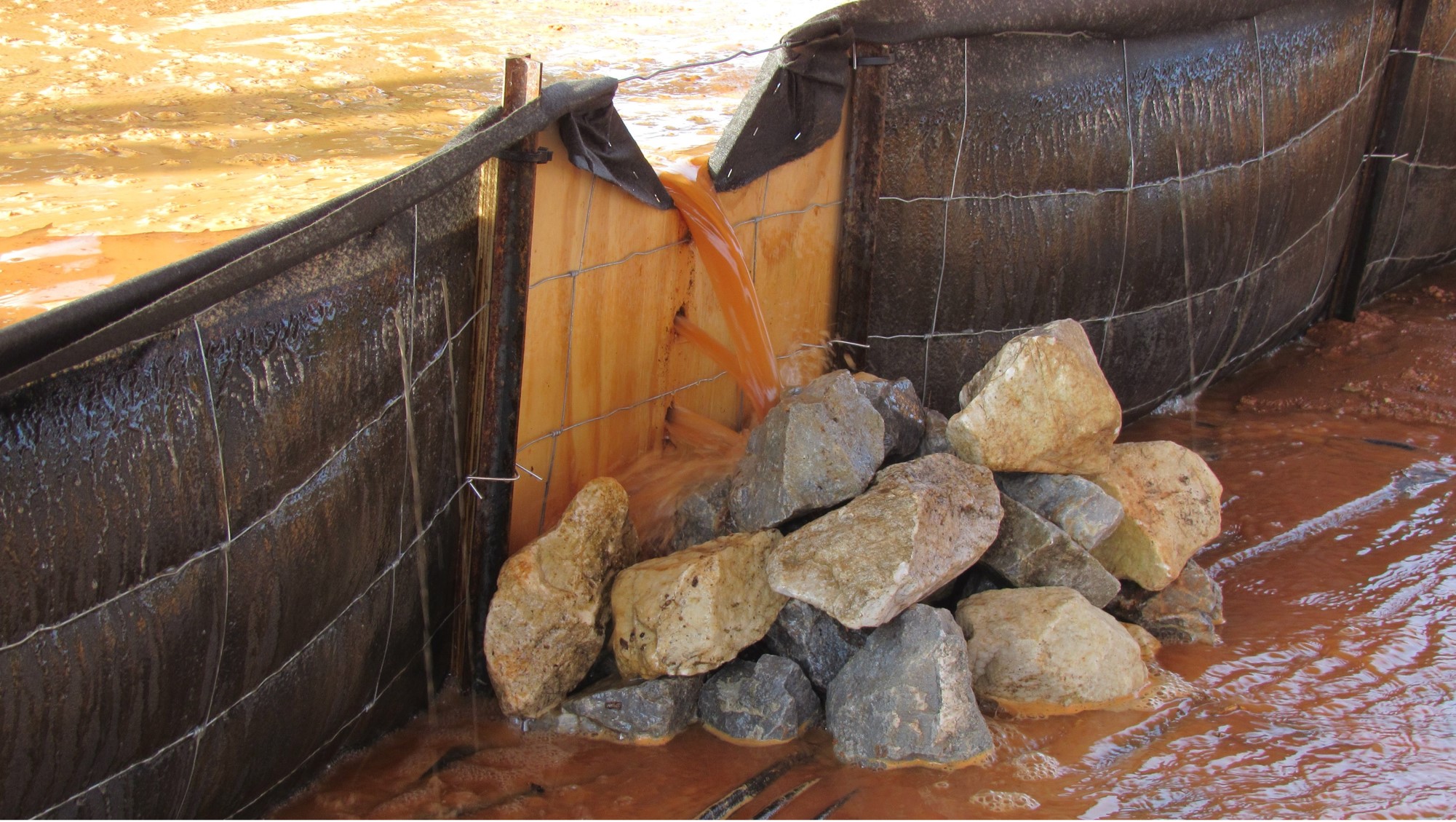
Sediment barriers are used to treat sheet flow runoff by removing sediment primarily through sedimentation and, to a lesser degree filtration. The stormwater lab has the capability of evaluating sediment barriers at full scale using a 20 ft wide test apparatus.
|
Large-Scale Performance Evaluation of Various Woven Silt Fence Installations under Nebraska Highway Conditions |
2024 |
|
Efficacy of Undisturbed Vegetated Buffers in Capturing Suspended Sediment |
2023 |
|
Improving the Design and Performance of Double-Row Sediment Barriers Used During Highway Construction |
2022 |
|
SILTspread: Performance-Based Approach for the Design and Installation of Silt Fence Sediment Barriers |
2021 |
|
Practical Silt Fence Design Enhancements for Effective Dewatering and Stability |
2021 |
|
Full-Scale Performance Evaluations of Innovative and Manufactured Sediment Barrier Practices |
2019 |
Inlet Protection
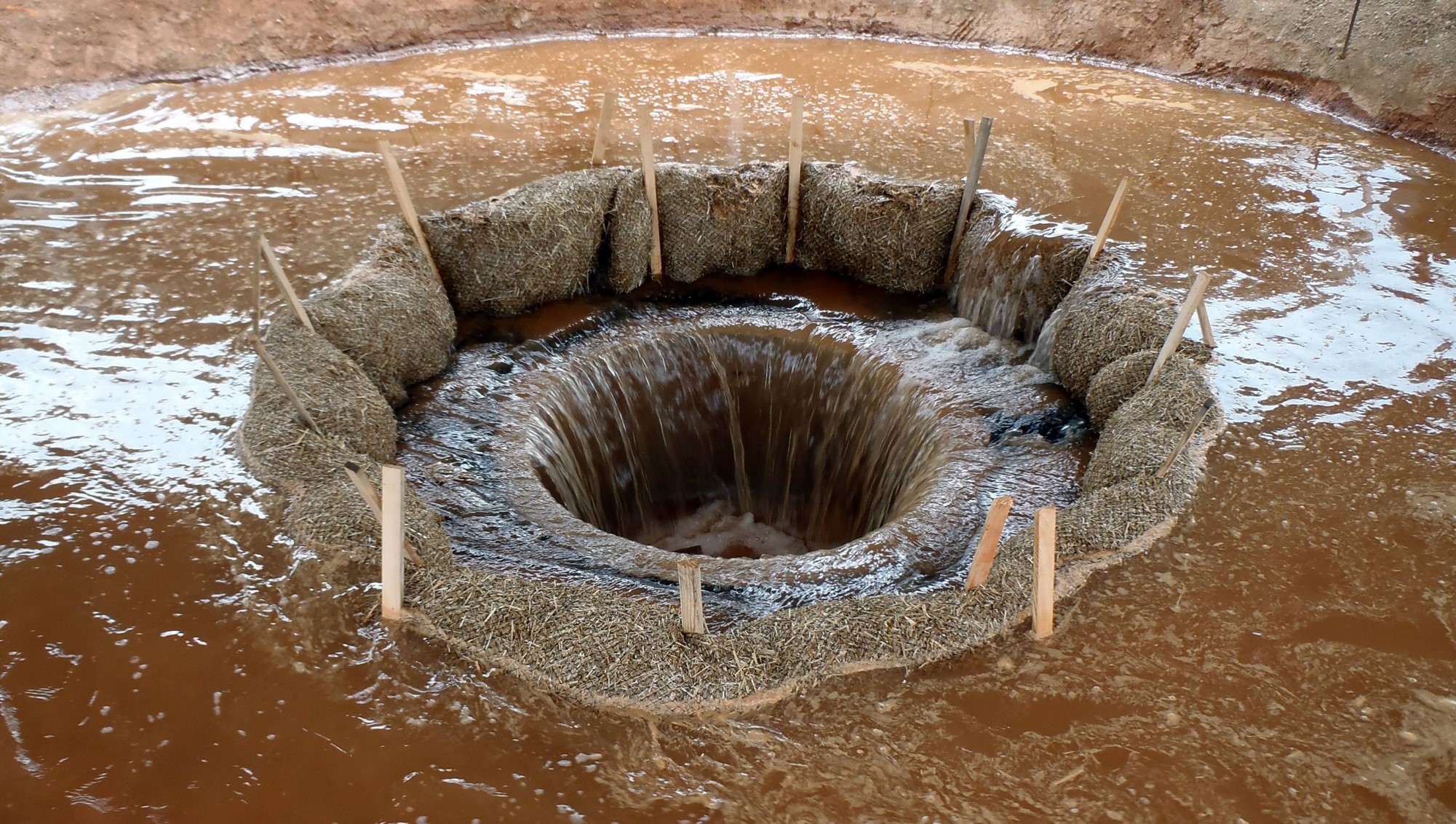
Storm drain inlet protection practices minimize sediment transport by temporarily impounding runoff before entering storm drain inlets, allowing suspended sediment to settle. The Stormwater Lab has two full - scale apparatuses to evaluate inlet protection practices for highway median applications and for curb and gutter applications. Evaluations have been performed to gain insight to the performance, durability, and maintenance needs of inlet protection practices. Evaluations included enhancement of installation methods for commonly employed practices. Test parameters were designed to mimic expected field conditions, allowing researchers to improve the installation of current practices and evaluate performance.
|
Evaluating Sediment Removal Efficiency of Catch Basin Inserts as a Post-Construction Water Quality Tool on Roadways |
2024 |
|
Design and Construction of Full-Scale Testing Apparatus for Evaluating Performance of Catch Basin Inserts |
2019 |
|
Installation Enhancements to Common Inlet Protection Practices Using Large-Scale Testing Techniques |
2015 |
|
Methodology for Evaluating Inlet Protection Practices Using Large-Scale Testing Techniques |
2015 |
Check Dams
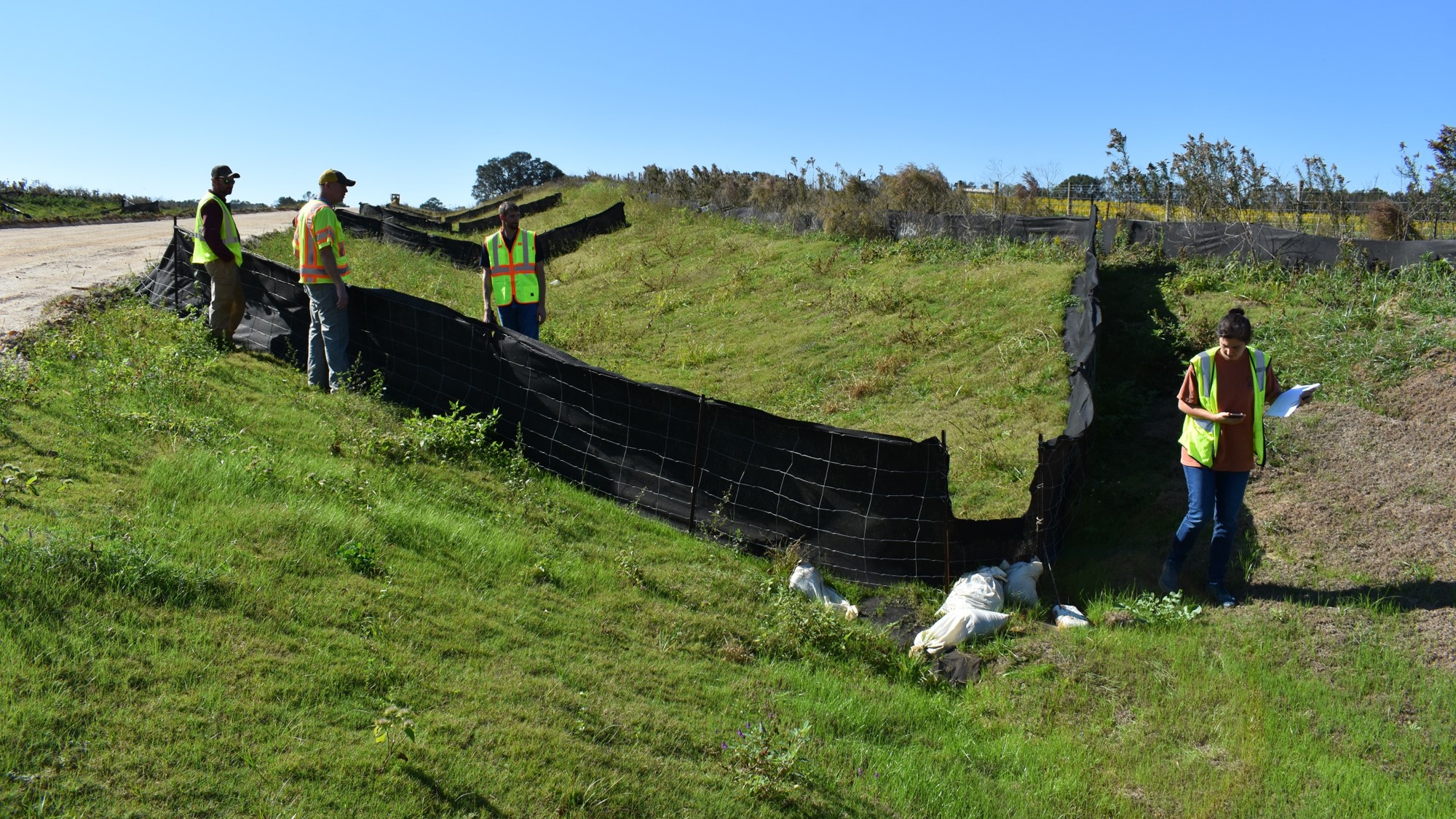
Check dams are used throughout highway construction to facilitate ponding and reduce velocity within channels to minimize erosion. Proper installation is required for these practices to perform as intended. Research studies have been conducted to evaluat e the performance of various practices and to optimize installation methods to enhance performance.
|
Hydraulic Evaluation of Wattle Encasement Materials |
2023 |
|
Hydraulic Performance Evaluation of Wattles used for Erosion and Sediment Control |
2021 |
|
Field Evaluation of Wattle and Silt Fence Ditch Checks |
2021 |
Outreach and Technology Transfer
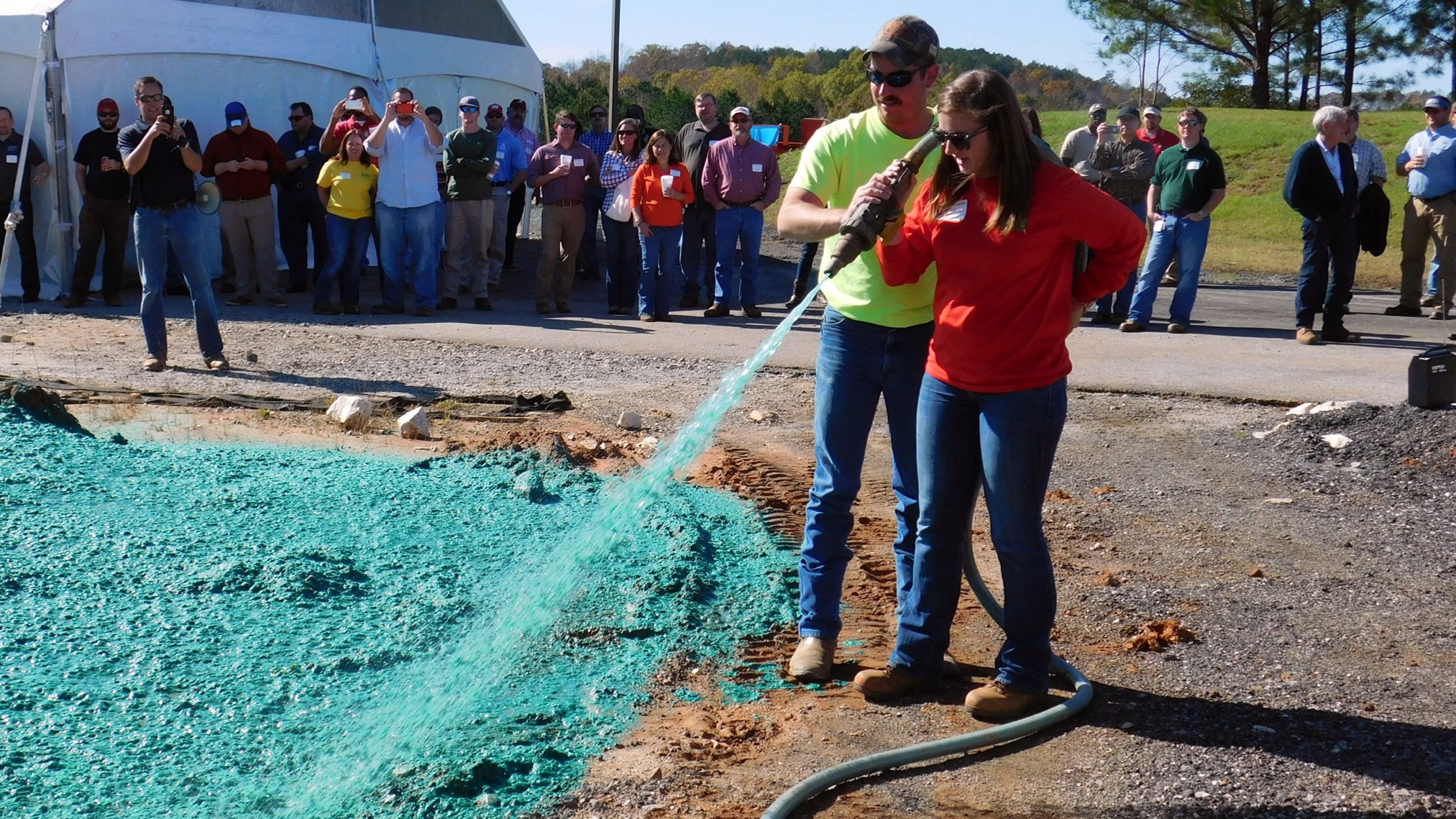
|
Decade of Research in Review at the Auburn University Stormwater Research Facility |
2022 |
|
Transferring Innovative Erosion and Sediment Control Research Results Into Industry Practice |
2019 |
|
Design Methodology for the Selection of Temporary Erosion and Sediment Control Practices Based on Regional Hydrological Conditions |
2016 |

